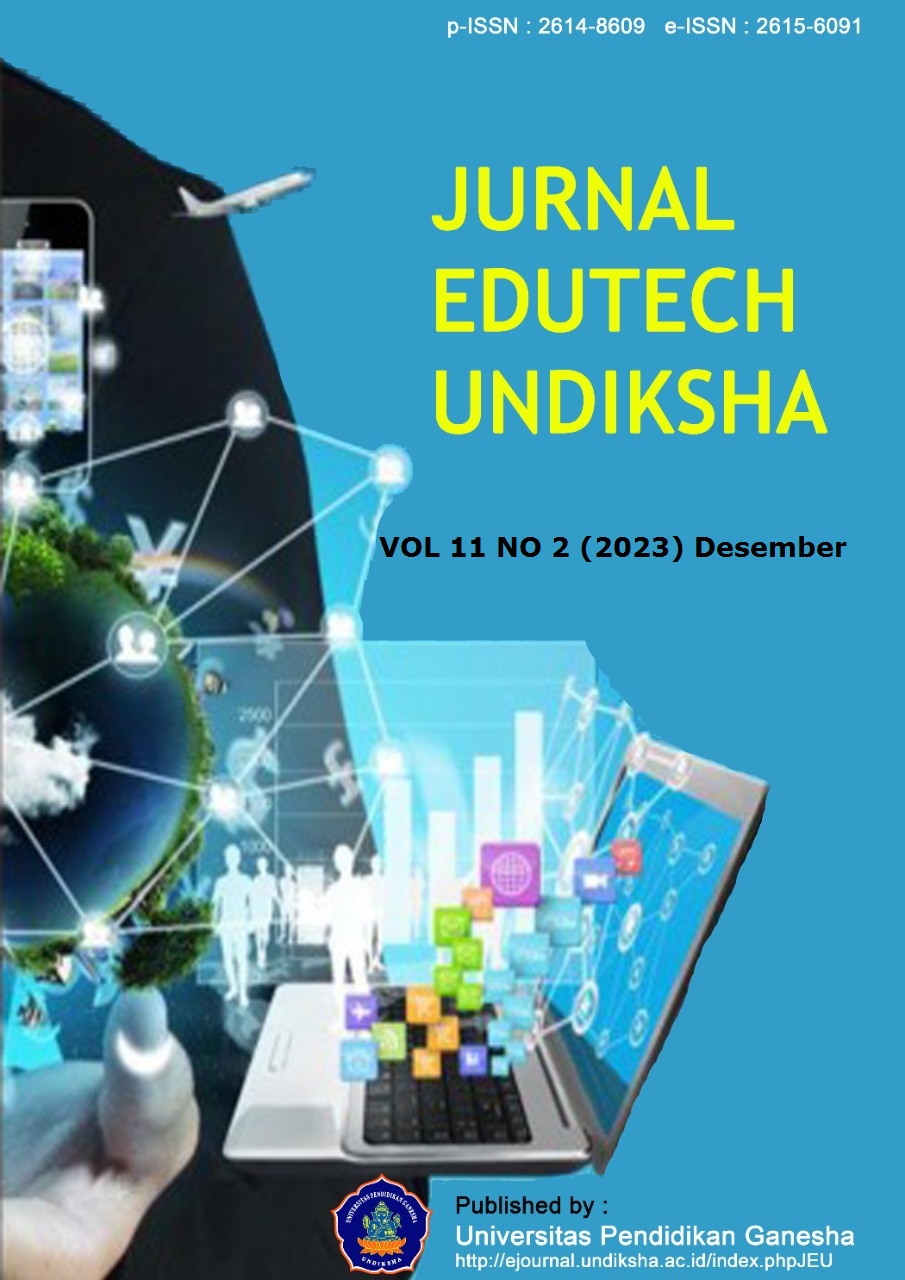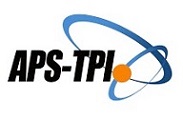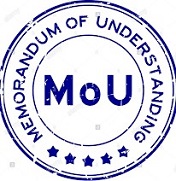Appsmart Learning Application Based on PBL Model Assisted by Articulate Storyline 3 on Electrical Energy Material
DOI:
https://doi.org/10.23887/jeu.v11i2.59588Keywords:
Appsmart, PBL, Science Consept Understanding, Electric EnergyAbstract
Problem-solving skills are important for students, so these problem-solving skills should be implemented early. Students feel bored in class, so students should be more focused on receiving the material presented by the teacher. The research aims to create an Appsmart learning application based on the PBL model assisted by Articulate Storyline 3. This type of research is Research and Development (R & D). The subjects of this research were 4 experts, 3 teachers, and 12 students. The object of this research is Appsmart based on the PBL model. This research uses a pre-experimental design, a one-shot case study. The data collection methods used were questionnaires and tests. The data analysis techniques used are quantitative descriptive and qualitative descriptive. The material and media experts' assessment results obtained an assessment score of 0.90 with very high validity qualifications. Based on the results, practicality by teachers was 92.36%, and practicality by students was 90%. The research conclusion is that the Appsmart learning application based on the PBL model effectively increases understanding of science concepts in Electrical Energy materials. The implications of this research can improve the quality of education by the learning objectives achieved.
References
Abdiyah, L., & Subiyantoro, S. (2021). Application of Constructivist Theory in Thematic Learning in Elementary Schools. ELSE (Elementary School Education Journal): Journal of Elementary School Education and Learning, 5(2), 127. https://doi.org/10.30651/else.v5i2.6951. DOI: https://doi.org/10.30651/else.v5i2.6951
Adiutami, NKE, & I Wayan Sujana. (2022). Android Application Oriented to Ausubel Theory on IPS Contents. Journal of Pedagogy and Learning, 5(1), 150–159. https://doi.org/10.23887/jp2.v5i1.46515. DOI: https://doi.org/10.23887/jp2.v5i1.46515
Aini, NA, Syachruroji, A., & Hendrakreatif, N. (2019). Development of LKPD Based on Problem Based Learning on Natural Science Subjects with Style Material. JPD: Journal of Elementary Education, 2(1), 69–76.
Alexander, C., Wyatt-Smith, C., & Du Plessis, A. (2020). The role of motivations and perceptions on the retention of inservice teachers. Teaching and Teacher Education, 96, 103186. https://doi.org/10.1016/j.tate.2020.103186. DOI: https://doi.org/10.1016/j.tate.2020.103186
Alfah, R. (2020). Game Design for Elementary School Students in the Arcade Genre, Accompanied by Lesson Material Using the Addie Model. Technologia: A Scientific Journal, 11(1), 22. https://doi.org/10.31602/tji.v11i1.2692. DOI: https://doi.org/10.31602/tji.v11i1.2692
Aminah, S. (2018). Implementation of the Addie Model in English Learning Education Games (Case Study at SMP Negeri 8 Pagaralam). Betrik Scientific Journal, 9(03), 152–162. https://doi.org/10.36050/betrik.v9i03.41. DOI: https://doi.org/10.36050/betrik.v9i03.41
Aslan, A. (2021). Problem-based learning in live online classes: Learning achievement, problem-solving skills, communication skills, and interaction. Computers & Education, 171, 104237. https://doi.org/10.1016/j.compedu.2021.104237. DOI: https://doi.org/10.1016/j.compedu.2021.104237
Astuti, IAD, Sumarni, RA, & Saraswati, DL (2017). Development of Android-based Mobile Learning Physics Learning Media. Journal of Physics Education Research & Development, 3(1), 57. https://doi.org/10.21009/1.03108. DOI: https://doi.org/10.21009/1.03108
Bakhtiar, F.A. (2018). Development of Multimedia-Based Applications in Thematic Learning for Class III Elementary Schools. Mimbar Elementary School, 5(1), 16. https://doi.org/10.17509/mimbar-sd.v5i1.9363. DOI: https://doi.org/10.17509/mimbar-sd.v5i1.9363
Dewi, RK, Wardani, S., Wijayati, N., & Sumarni, W. (2019). Demand of ICT-based chemistry learning media in the disruptive era. International Journal of Evaluation and Research in Education, 8(2), 265–270. https://doi.org/10.11591/ijere.v8i2.17107. DOI: https://doi.org/10.11591/ijere.v8i2.17107
Djannah, M., Zulherman, & Nurafni. (2021). Kahoot Application for Elementary School Students: Implementations of Learning Process from Distance during the Pandemic period of COVID 19. Journal of Physics: Conference Series, 1783(1). https://doi.org/10.1088/1742-6596/1783/1/012121. DOI: https://doi.org/10.1088/1742-6596/1783/1/012121
Febiani Musyadad, V., Supriatna, A., & Mulyati Parsa, S. (2019). Application of the Problem Based Learning Model in Improving Student Learning Outcomes in Science Lessons on the Concept of Changes in the Physical Environment and Their Influence on Land. Tahsinia Journal, 1(1), 1–13. https://doi.org/10.57171/jt.v1i1.13. DOI: https://doi.org/10.57171/jt.v1i1.13
Futri Basya, Y., Faqih Rifa'i, A., & Arfinanti, N. (2019). Development of Android Mobile Apps as a Mathematics Learning Media Based on a Contextual Approach to Facilitate Understanding of Concepts. Journal of Mathematics Learning Development, 1(1), 1–9. https://doi.org/10.14421/jppm.2019.11.1-9. DOI: https://doi.org/10.14421/jppm.2019.11.1-9
Giarti, S. (2016). ICT-Based Curriculum and Learning Management. Satya Widya, 32(2), 117. https://doi.org/10.24246/j.sw.2016.v32.i2.p117-126. DOI: https://doi.org/10.24246/j.sw.2016.v32.i2.p117-126
Giovani, AP, Ardiansyah, A., Haryanti, T., Kurniawati, L., & Gata, W. (2020). Sentiment Analysis of the Ruang Guru Application on Twitter Using a Classification Algorithm. Technoinfo Journal, 14(2), 115. https://doi.org/10.33365/jti.v14i2.679. DOI: https://doi.org/10.33365/jti.v14i2.679
Hasanah, SI, Hafsi, AR, & Zayyadi, M. (2019). Development of Ethnomathematics-Based Student Worksheets in Building Students' Conceptual Understanding. Journal of Mathematics and Science Education, 10(2), 21. https://doi.org/10.26418/jpmipa.v10i2.29609. DOI: https://doi.org/10.26418/jpmipa.v10i2.29609
Hidayat, F., & Nizar, M. (2021). ADDIE (Analysis, Design, Development, Implementation and Evaluation) model in Islamic Religious Education Learning. Journal of Islamic Religious Education Innovation (JIPAI), 1(1), 28–38. https://doi.org/10.15575/jipai.v1i1.11042. DOI: https://doi.org/10.15575/jipai.v1i1.11042
Hotimah, H. (2020). Application of Problem Based Learning Methods in Improving Storytelling Ability in Elementary School Students. Journal of Education, 7(3), 5. https://doi.org/10.19184/jukasi.v7i3.21599. DOI: https://doi.org/10.19184/jukasi.v7i3.21599
Hussain, A., Mkpojiogu, E.O., & Okoroafor, P.C. (2021). Assisting Children with Autism Spectrum Disorder with Educational Mobile Apps to Acquire Language and Communication Skills. Interact. Mob. Technol, 15(6), nteract. Mob. Technol. https://doi.org/10.3991/ijim.v15i06.20621. DOI: https://doi.org/10.3991/ijim.v15i06.20621
Ichsan, IZ, Dewi, AK, Hermawati, FM, & Iriani, E. (2018). Science and Environmental Learning: Analysis of Learning Media Needs in Elementary, Middle and High Schools in Tambun Selatan, Bekasi. JIPVA (Veteran Science Education Journal), 2(2), 131. https://doi.org/10.31331/jipva.v2i2.682. DOI: https://doi.org/10.31331/jipva.v2i2.682
Indasari. (2020). Application of the Problem Based Learning Model to Improve Science Learning Outcomes for fifth grade students at SD Negeri 190 Tadulako. In FKIP, Cokroaminoto University, Palopo. (Vol. 7, Issue 1).
Kaharuddin, A. (2019). Effect of Problem Based Learning Model on Mathematical Learning Outcomes of 6th Grade Students of Elementary School Accredited B in Kendari City. International Journal of Trends in Mathematics Education Research, 1(2). https://doi.org/10.33122/ijtmer.v1i2.14. DOI: https://doi.org/10.33122/ijtmer.v1i2.14
Lestari, KA, Suranata, K., & Bayu, GW (2022). Animated Video-Based Learning Media Assisted with Powtoon on Living Things Characteristics Topic. International Journal of Elementary Education, 6(3), 511–517. https://doi.org/10.23887/ijee.v6i3.53418.
Moè, A., Katz, I., & Alesi, M. (2018). Scaffolding for motivation by parents, and child homework motivations and emotions: Effects of a training program. British Journal of Educational Psychology, 88(2), 323–344. https://doi.org/10.1111/bjep.12216. DOI: https://doi.org/10.1111/bjep.12216
Nurdiana, AS, Hanafi, S., & Nulhakim, L. (2021). Development of Kinemaster-Based Animation Learning Video Media to Increase Effectiveness in Science Subjects for Class IV Students at Sdn Kedaleman Iv. Primary: Journal of Elementary School Teacher Education, 10(6), 1554. https://doi.org/10.33578/jpfkip.v10i6.8395. DOI: https://doi.org/10.33578/jpfkip.v10i6.8395
Nurzannah, S. (2022). The Role of Teachers in Learning. ALACRITY : Journal of Education, 26–34. https://doi.org/10.52121/alacrity.v2i3.108. DOI: https://doi.org/10.52121/alacrity.v2i3.108
Pamungkas, WAD, & Koeswanti, HD (2022). Use of Video Learning Media on Primary School Student Learning Outcomes. Scientific Journal of Teacher Professional Education, 4(3), 346–354. https://doi.org/10.23887/jippg.v4i3.41223. DOI: https://doi.org/10.23887/jippg.v4i3.41223
Puspita, JAD (2022). Application of the Problem Based Learning (Pbl) Learning Model in Improving Science Learning Outcomes for Class IV Elementary School Students. Educenter: Scientific Journal of Education, 1(5), 491–495. https://doi.org/10.55904/educenter.v1i5.168. DOI: https://doi.org/10.55904/educenter.v1i5.168
Rahmi, M. (2019). Development of Interactive Learning Media Articulate Storyline 3 in Thematic Learning Themes My Experience. International Journal of Elementary Education, 3(2), 178–185. https://doi.org/10.23887/ijee.v3i2.18524. DOI: https://doi.org/10.23887/ijee.v3i2.18524
Ramadhania, J., & Kristiantari, MR (2020). Paired Storytelling Learning Model Assisted By Paper Puppet Media On Students' Speaking Skills. Journal of Educational Technology, 4(4), 524–530. https://doi.org/10.23887/jet.v4i4.27108. DOI: https://doi.org/10.23887/jet.v4i4.27108
Rasvani, NL, & Wulandari, IGA (2021). Development of Learning Media MaCa Application Fraction Material Oriented to Ausubel Learning Theory Mathematical Content. MIMBAR PGSD Undiksha, 9(1), 74. https://doi.org/10.23887/jjpgsd.v9i1.32032. DOI: https://doi.org/10.23887/jjpgsd.v9i1.32032
Riyanti, R., Cahyono, E., Haryani, S., & Mindyarto, BN (2021). Constructivism in 21st Century Science Learning. Proceedings of the National Postgraduate Seminar, 1(1), 203–207.
Sadiqin, IK, Santoso, UT, & Sholahuddin, A. (2017). Understanding science concepts for junior high school students through problem solving learning on the topic of changes in objects around us. Journal of Science Education Innovation, 3(1), 52. https://doi.org/10.21831/jipi.v3i1.12554. DOI: https://doi.org/10.21831/jipi.v3i1.12554
Sari, SA, & Ulya, A. (2017). The Development of Pop-up Book on the Role of Buffers in the Living Body. European Journal of Social Sciences Education and Research, 4(4), 213–221. https://doi.org/10.26417/ejser.v10i2.p213-221. DOI: https://doi.org/10.26417/ejser.v10i2.p213-221
Setyawan, A., Novitri, QA, Rahartini, S., Pratiwi, E., Walidain, MB, Guru, P., Basis, S., Madura, UT, & Indonesia, JT (2020). Student Learning Difficulties in Elementary Schools (SD). National Education Proceedings: LPPM IKIP PGRI Bojonegoro, 1(1), 156–158.
Shofiyah, N., & Wulandari, FE (2018). Problem Based Learning (PBL) Model in Training Students' Scientific Reasoning. Journal of Science Education Research, 3(1), 33. https://doi.org/10.26740/jppipa.v3n1.p33-38. DOI: https://doi.org/10.26740/jppipa.v3n1.p33-38
Suryami, N., Setiawan, A., & Putria, A. (2021). Innovative Learning Media and Its Development. Bandung; Rosdarkarya Youth. Journal of Indonesian Language, Literature and Education, 8(2), 178–200.
Syahroni, M., Dianastiti, FE, & Firmadani, F. (2020). Information Technology Based Learning Media Training to Improve Teacher Skills in Distance Learning. International Journal Of Community Service Learning, 4(3), 171–172. https://doi.org/10.23887/ijcsl.v4i3.28847. DOI: https://doi.org/10.23887/ijcsl.v4i3.28847
Utami, RA, & Giarti, S. (2020). The Effectiveness of Problem Based Learning (PBL) and Discovery Learning Models Judging from the Critical Thinking Skills of Grade 5 Elementary School Students. PeTeKa (Journal of Classroom Action Research and Learning Development), 3(1), 1–8. https://doi.org/10.31604/ptk.v3i1.1-8.
Yolanda, S., Winarni, R., & Yulisetiani, S. (2022). The New Way Improve Learners' Speaking Skills: Picture and Picture Learning Media Based on Articulate Storyline. Journal of Educational Technology, 6(1), 173–181. https://doi.org/10.23887/jet.v6i1.4. DOI: https://doi.org/10.23887/jet.v6i1.41452
Downloads
Published
How to Cite
Issue
Section
License
Copyright (c) 2023 I Ketut Sukrisnawan

This work is licensed under a Creative Commons Attribution-ShareAlike 4.0 International License.
Authors who publish with the Jurnal Edutech Undiksha (JEU) agree to the following terms:
- Authors retain copyright and grant the journal the right of first publication with the work simultaneously licensed under an Attribution-ShareAlike 4.0 International (CC BY-SA 4.0) that allows others to share the work with an acknowledgment of the work's authorship and initial publication in this journal.
- Authors are able to enter into separate, additional contractual arrangements for the non-exclusive distribution of the journal's published version of the work (e.g., post it to an institutional repository or publish it in a book), with an acknowledgment of its initial publication in this journal.
- Authors are permitted and encouraged to post their work online (e.g., in institutional repositories or on their website) prior to and during the submission process, as it can lead to productive exchanges, as well as earlier and greater citation of published work. (See The Effect of Open Access)








